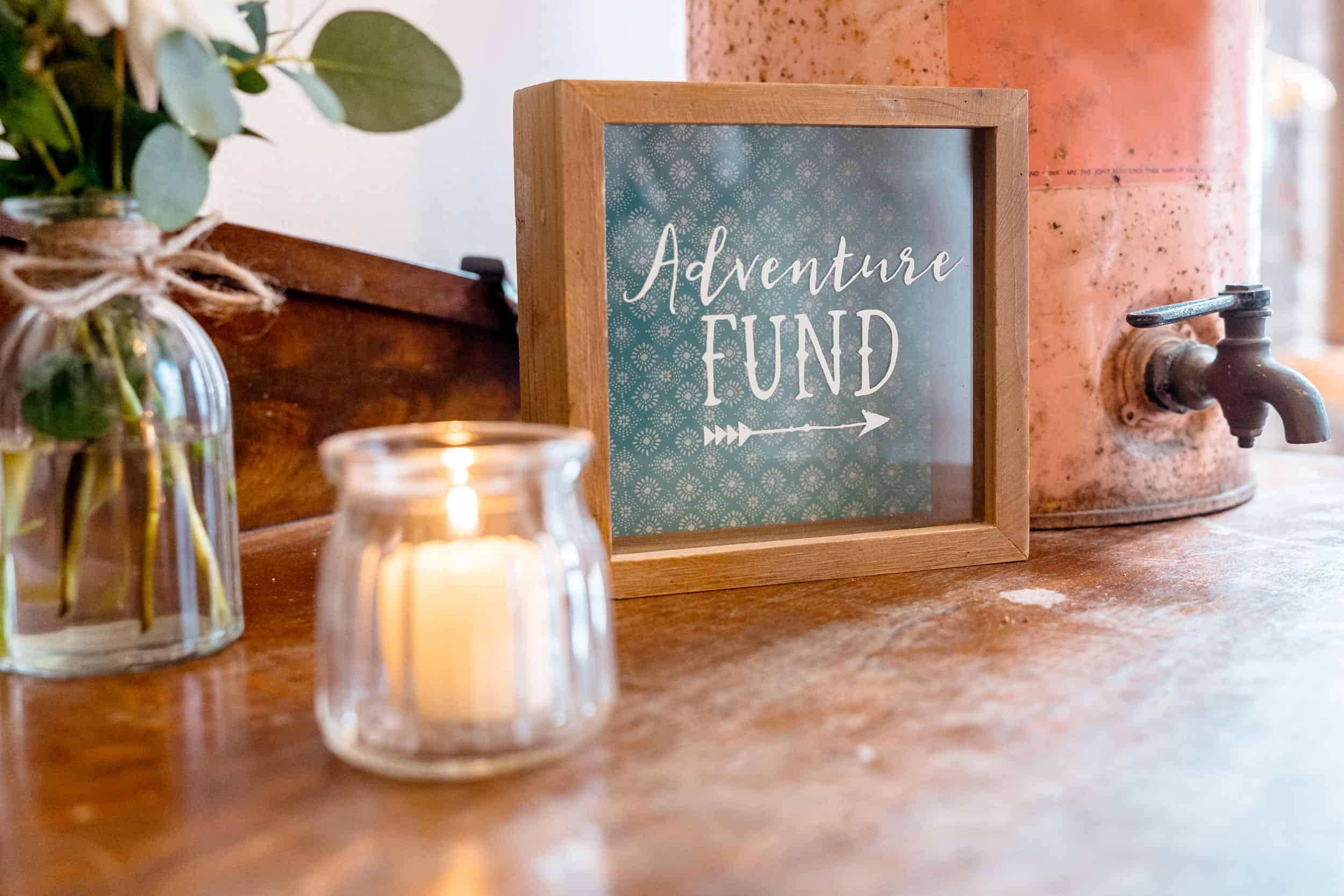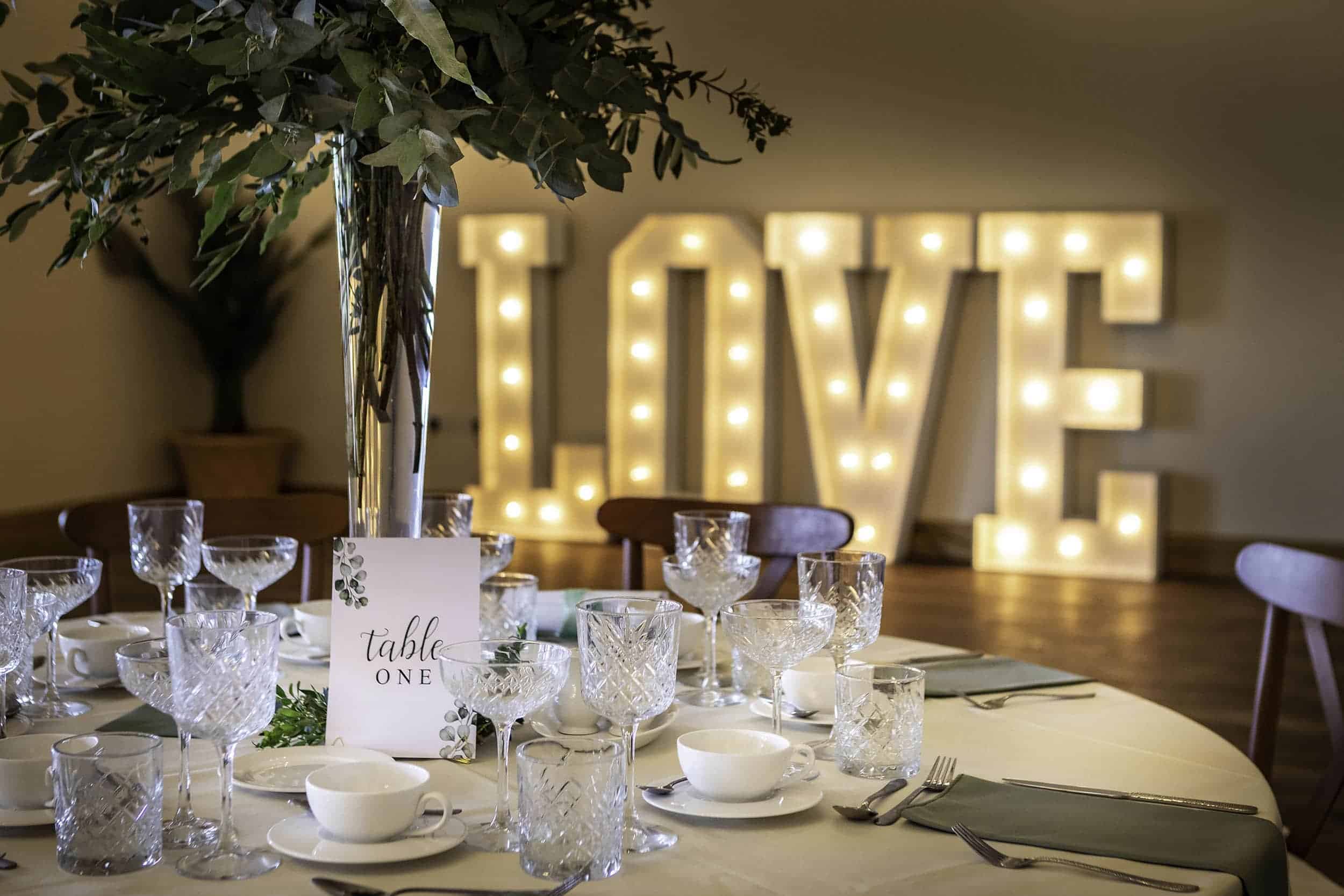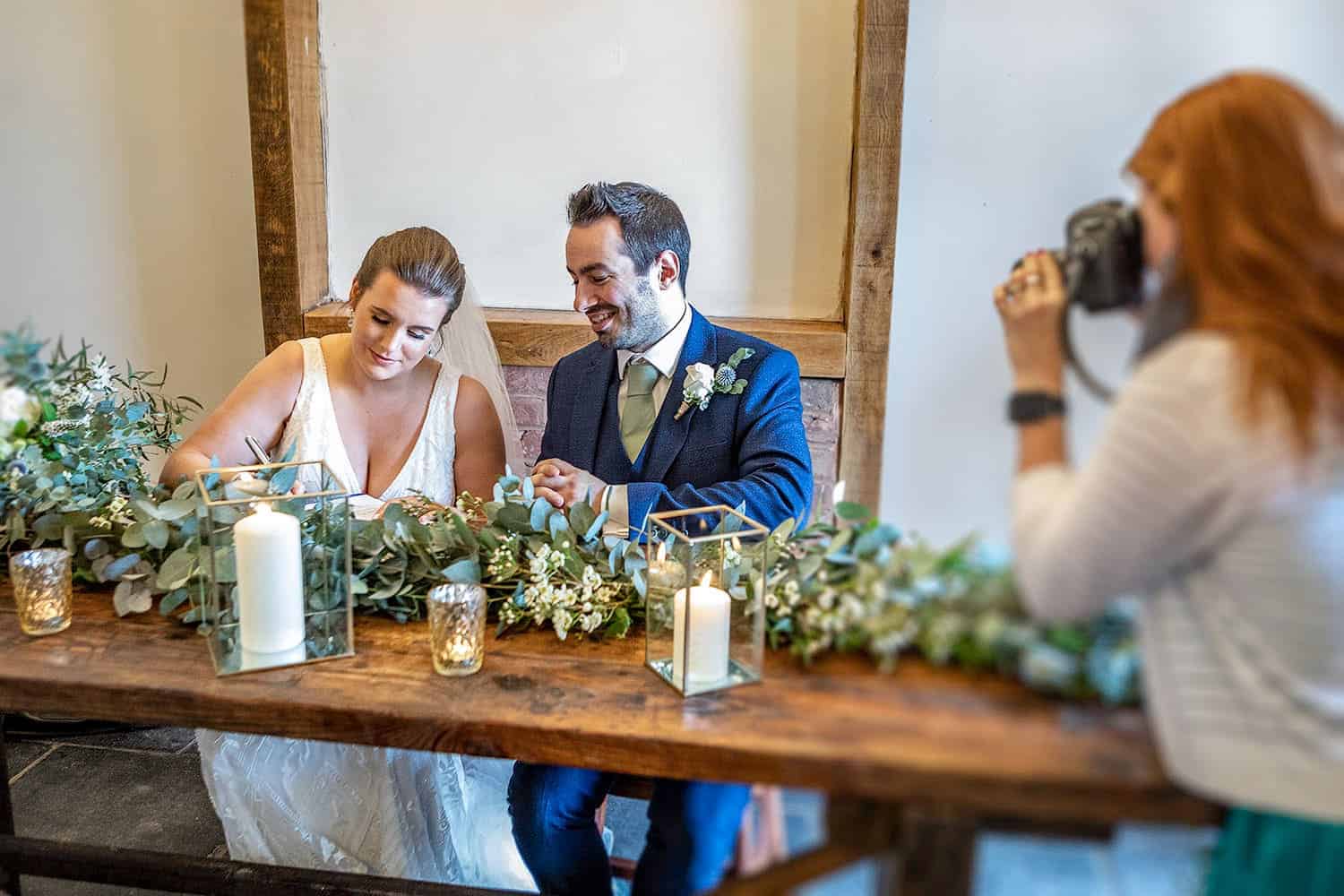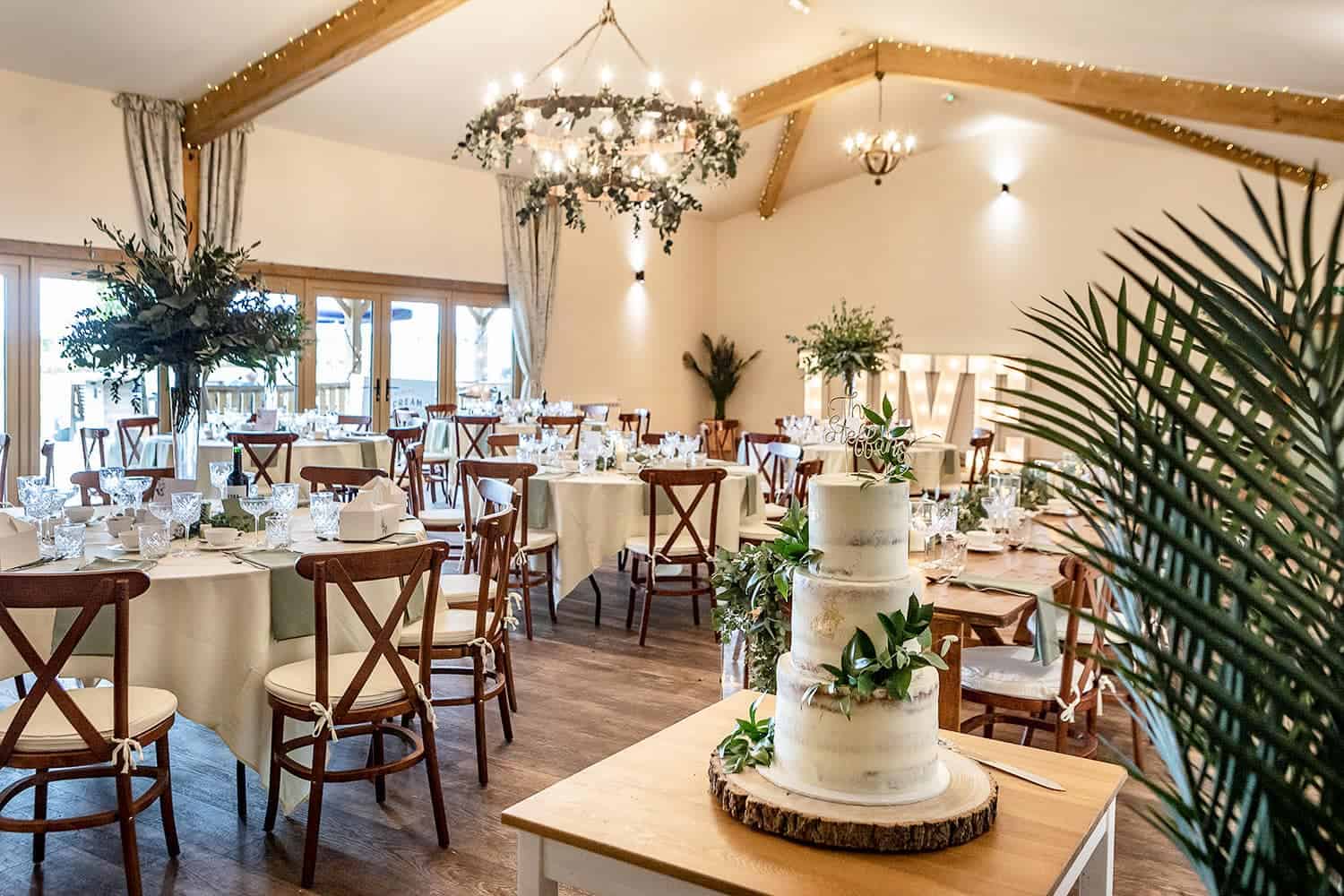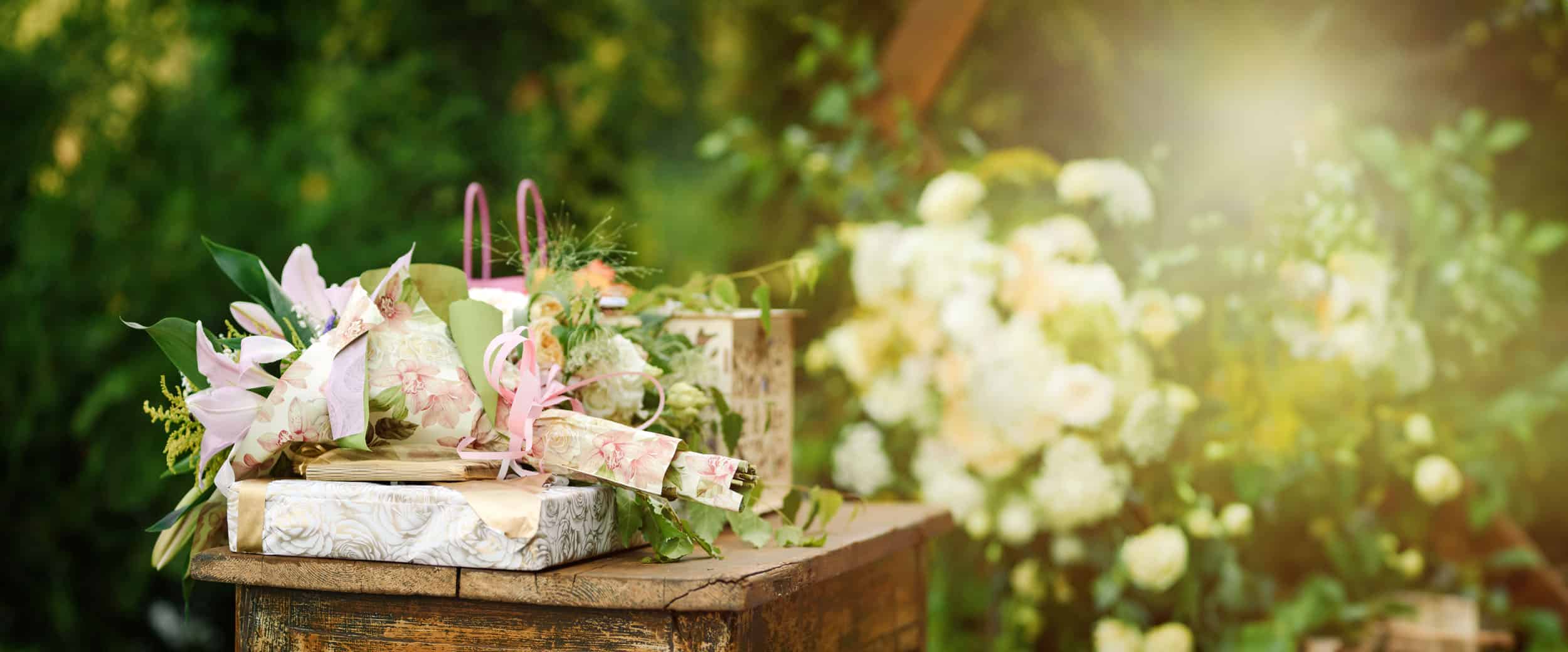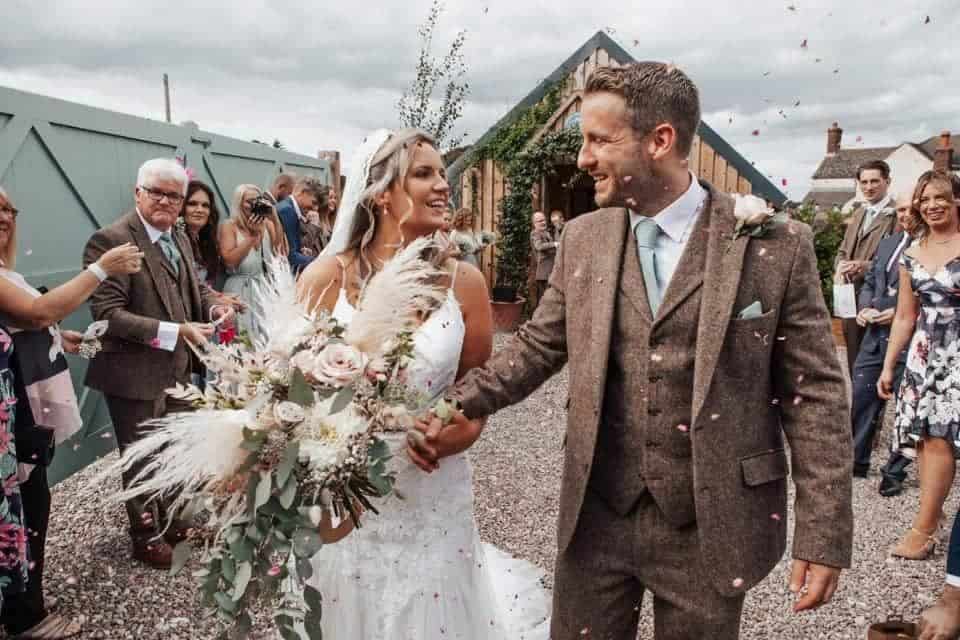A British wedding is full of traditions, from white dresses to throwing bouquets. That doesn’t mean you have to follow them all, of course. Picking the ones that you love, incorporating your own twist or bringing in some flair from other cultures can all create your own, very unique wedding.
We’re big fans of personalising your wedding at Coton House Farm. Most wedding traditions stem from historical roots – such as keeping the groom on the right side so his sword arm is free – and we love to see how our couples update them to suit their own style. So, make sure you read our next blog for ideas on adapting traditions to suit same-sex marriage or brides that don’t like the idea of being ‘given away’.
We love helping you explore the venue and discussing your plans, and we know all the best places to get the perfect camera shot as well. So, which traditions do you think are a must, and which ones are you ready to remove?
The traditional wedding vows
You’ve probably heard the traditional wedding vows a hundred time in movies. Now it’s your time to say them – but are these actually the words you’ll say?
The vows you probably expect are: “I, ___, take you, ___, to be my wife/husband, to have and to hold, from this day forward, for better for worse, for richer, for poorer, in sickness and in health, to love and cherish, till death do us part.” But unless you marry in a religious ceremony, it’s unlikely you’ll use them. You’ll note that the obey portion was removed from as early as 1928, following the suffragette movement!
When you marry in a licensed venue such as Coton House, the legal portion of your ceremony will be led by a registrar in one of our three licensed locations. Your vows will be something like this:
· I do solemnly declare that I know not of any lawful impediment why I, ___, may not be joined in matrimony to ___.
· I call upon these persons here present to witness that I, ___, do take thee, ___, to be my lawful wedded wife/husband.
You may be able to add some personalised promises to each other, which you’ll need to discuss with your registrar.
Traditional wedding invitations
Traditionally wedding invitations were sent from the bride’s parents, as they would have been footing a large part of the bill. This most likely evolved from the time when a bride’s family paid a dowry to the husband. Today, with incomes between a couple being more equal, same-sex marriage or perhaps due to the higher costs involved, weddings are often shared more equally between the families or paid for by the couple themselves and the invitations are adapted accordingly.
Choosing the wedding party
Brides and grooms traditionally form their wedding parties from the closest friends and family that will support them in the planning. Some, like the Best Man and Maid of Honour, have additional responsibilities, such as planning hen and stag parties, helping with the dress fittings, and dealing with any issues that come up on the day. The Best Man also gives a speech in which they are expected to thank everyone involved and poke fun at the groom.
Adapting your wedding to be more modern is entirely up to you. It’s not unusual to see the Maid of Honour give a speech as well, or to choose not to have a wedding party at all.
A traditional wedding cake
Cakes come in all shapes and sizes at weddings – and some are not even made of cake. There was definitely a trend of cakes made of cheese for a while, and we’ve seen some delicious chocolate cheesecakes taking the place of the traditional fruit cake covered in marzipan.
Traditionally, the wedding cake consists of at least three tiers. The bottom tier would be served with guests as a dessert at the ceremony. The middle tier would be shared with guests to take home, while the top tier was saved, to be eaten at the baptism of the first-born child. Fruit cake can last quite a few years, properly stored.
The couple will hold the knife and cut the cake together, symbolising their first shared task as a married couple. They would then serve the guests with a slice themselves, although this is usually now left to the caterers.
Traditions bringing luck to a wedding
“Something old, something new, something borrowed, something blue, and a sixpence in your shoe.”
We all know the traditional rhyme for a wedding, which is supposed to be a recipe for luck in the marriage. The old represents the couples life before, and is often a piece of family jewellery. New elements focus on their new life together, and could be a piece of clothing. Borrowing something to carry or wear is supposed to transfer the luck of the owner to the new couple, and blue was seen as the colour for love and purity. Traditionally the father of the bride would give her a sixpence to wear in her shoe to represent luck and prosperity.
These are not the only symbols of luck in a wedding. Iron horseshoes were originally nailed over doorways to prevent unwanted spirits entering homes, and in time became a symbol of luck that is used today as décor.
Plenty of wedding traditions to choose from
There are a lot more elements you can include in your wedding day. We love that all of these traditions can be modernised very simply.
If you like the feeling of a formal ceremony, the Old Dairy Barn is ideal. Traditionally guests would sit on the left for the bride and right for the groom, leaving an aisle for the bride to make her entrance, but it’s quite usual for guests to mingle together today to create equal sides.
A father would walk the bride down the aisle and give her away, transferring ownership of her to the groom. Unsurprisingly, many feel this is a little too old-fashioned, as is a groom asking for the father’s permission to marry his daughter in the first place.
Before wearing a white wedding dress was made fashionable by Queen Victoria, it was quite normal for a bride to wear any colour to her wedding. Now it’s considered very bad manners for anyone other than the bride to wear white, even if she herself is wearing something else.
Our beautiful Stables makes the perfect place for to get ready before the wedding ceremony without being seen by the groom – another tradition. And our Oak Pergola is raised, which means it’s not just great for visibility in outdoor weddings, but also ideal for a bit of height if you’re choosing to have a bouquet toss. Traditionally all the single women take part and whoever catches the bouquet is next to walk down the aisle.
One of the wonderful advantages of a location like Coton House Farm is that our relaxed luxury Oak Barn and beautiful countryside surroundings create a private oasis for your wedding day, so you can adapt your ceremony to create any style you like. Traditional, modern or completely quirky, we can’t wait to discuss your ideas with you.
